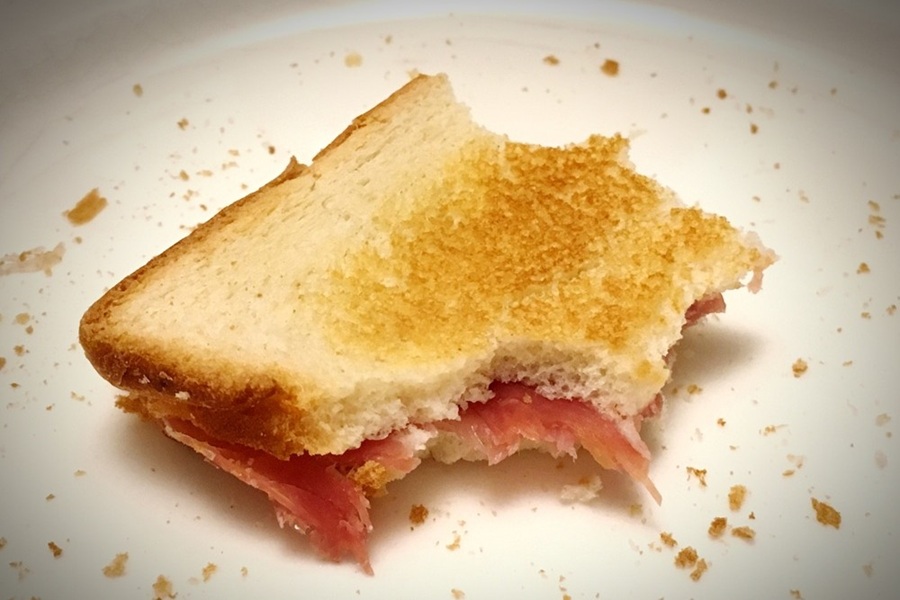Management: Off the menu
Management: Why no one wants to eat your compliment sandwich
IF YOU HAVE had a performance review at just about any point in the last 40 years, someone has probably hit you with the compliment sandwich: one good thing, then the biting criticism your boss desperately wants to tell you, then another good thing to soften the blow.
Click here to view this article in the London Inc. Worklife newsletter
As a managerial device, the compliment sandwich dates back to the 1940s, but appears to have been widely popularized by Mary Kay Ash (founder of Mary Kay Cosmetics) in her 1984 book Mary Kay on People Management.
Story Continues Below
But according to Ivey Business School prof Karen MacMillan, the time is nigh to throw that sandwich away. “It was once the gold standard,” she said. “But the research is clear [that] layering compliments doesn’t make tough feedback any easier to swallow.”
MacMillan isn’t the first to toss out the compliment sandwich; other workplace management experts have criticized it over the years. “The risk I think that we take with the feedback sandwich type of approach is that we have we might have a different perception in our head of which of those pieces actually landed than the other person on the receiving end of it,” said Radical Candor CEO Jason Rosoff.
MacMillan falls into the camp of management thinkers who believes the workplace needs more blunt honesty. Her research, conducted with fellow Ivey professor Fernando Olivera, lecturer Cameron McAlpine and Gouri Mohan from the IESEG School of Management, looks at what blunt, upfront candour can do in the workplace. “When practiced with kindness, candour has wide-reaching benefits,” MacMillan said.
One of its main advantages seems to be that candour has a better chance of actually landing. “The feedback sandwich has a high chance of going sideways if the meat in the middle is crucial for the other person to ingest,” wrote Radical Condor’s Kim Scott. “Folks who receive the feedback sandwich often discard the meat (the criticism) and instead focus on the two delicious pieces of artisan bread (the praise).”
Story Continues Below
What’s more, points out MacMillan, it risks blunting the impact of a sincere compliment; rather than make them feel good, it puts people on edge for whatever they’re about to hear next.
“They’re waiting for the other shoe to drop,” MacMillan said. “Regularly starting with a compliment to ease into a critique quickly teaches people to be on high alert. They end up ignoring the positive and resenting the negative.” ![]() Kieran Delamont
Kieran Delamont

